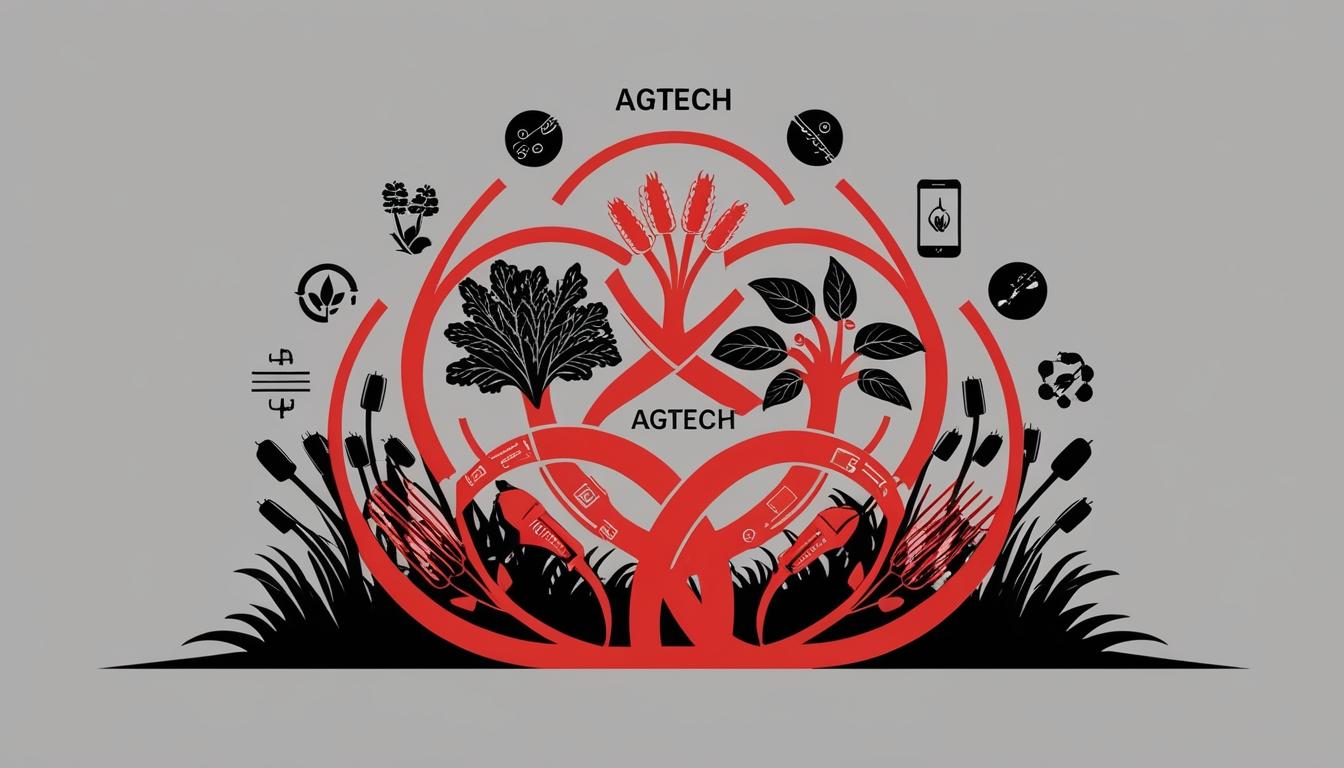Agriculture stands as a cornerstone of human existence, not only providing sustenance for the global population but also playing a vital role in addressing the pressing challenges posed by climate change. In an incisive overview, Mark S. Brooks, managing director and head of FMC Ventures, outlined the evolution of agricultural technology, or agtech, during a recent discussion published by AgFunderNews.
Brooks delineates the journey of agtech across different eras, beginning with a phase he terms “agtech 1.0,” which lasted from the late 1800s through the post-Second World War economic boom. This epoch focused on the maximisation of caloric efficiency, ultimately leading to a highly optimised global food system. Moving into the present day, Brooks identifies the onset of “agtech 2.0,” which is characterised by a shift in priorities—from merely producing calories to emphasising nutrition and planetary health outcomes. This transition is largely spurred by consumer demand for sustainable practices, nutritionally-rich food options, and breakthroughs in biotechnology and generative artificial intelligence. Brooks refers to this new era as “the Holoagricene,” envisioning a future where agriculture is both a means of feeding the planet and a restorative force for environmental health.
Looking further ahead, Brooks speculates about “agtech 3.0,” a potential future marked by a greater integration of bio-intelligence. This era would innovate beyond optimisation, creating proactive ecosystems designed to foster food production while simultaneously enhancing environmental sustainability. Described as the “biointicene,” this vision entails more than passive coexistence with nature; it anticipates a synergy achieved through deliberate design and human intervention.
Despite the burgeoning potential of these developments, Brooks highlights a significant challenge: the mismatch between traditional venture capital models and the intrinsic nature of the agtech sector. Originating from Silicon Valley, venture capital was designed to support high-growth, rapid-exit technology startups—a model which does not neatly align with the slower, long-term growth cycles typical in agriculture. “When was the last time you heard of a high-growth, fast-exit, high-valuation agtech company?” Brooks poses, underscoring the need for a different approach to funding in this domain.
The merger and acquisition landscape within agtech has also faced headwinds, particularly in the aftermath of a market downturn in 2022/2023, compounded by rising interest rates. This financial environment has hindered corporate strategies aimed at scaling startups, leading to a stagnation in innovation and jeopardising the future of pioneering enterprises in the field.
Brooks advocates for an evolution in the funding landscape, suggesting the introduction of “patient capital” that aligns better with the timelines required for successful agtech ventures. He outlines a new capital stack that could help emerge from the challenges facing the sector:
-
Sustainability Funds: These funds operate under the belief that investments can yield both financial returns and a positive impact on the environment. Their long-term orientations could be invaluable for agtech projects seeking a transformative influence rather than quick profits.
-
Corporate Venture Capital (CVC): With extensive resources and market expertise, CVCs are now playing a more instrumental role in the agtech landscape. These corporate investments offer not just financial support but also strategic advantages that are essential for navigating the path to commercialisation.
-
Private Equity (PE): As startups grapple with financing, PE funds present alternatives by aggregating multiple firms to exploit scale economies and seeking profitability through strategic oversight.
-
Open-ended, Patient, Evergreen Capital: This approach encourages sustainable innovation by allowing continual reinvestment into emerging technologies over prolonged periods, without the pressure of immediate returns.
In the current funding climate marked by high interest rates and tighter credit, Brooks notes that funding is increasingly being directed toward startups demonstrating clear commercial traction. This trend may lead to fewer but larger deals within the agtech space in the short term. However, signals suggest a potential rebound in early-stage funding as financial conditions stabilise and exit opportunities increase.
Brooks concludes with an emphasis on the critical nature of evolving investment strategies to support agtech’s vital role in feeding a growing population while simultaneously rejuvenating the planet. He asserts that while evolution in agriculture is inevitable, the challenge lies in whether investors will adapt their funding approaches to capitalise on this transformation or miss out on these opportunities by favouring more immediate returns.
Source: Noah Wire Services
